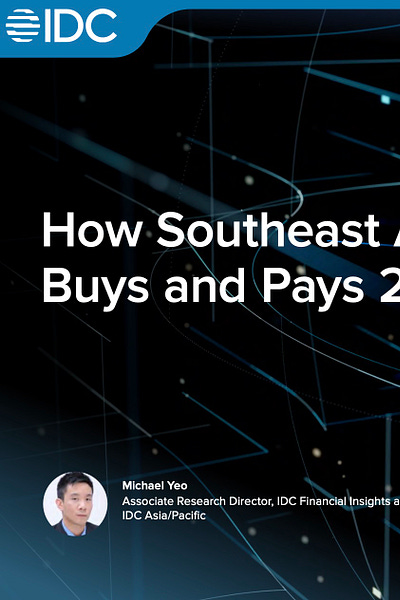How Mobile Wallets Fuel Southeast Asia’s $325 Billion E-Commerce Surge
It's "game-over" for cards in Southeast Asia.
This is my daily post. I write daily but send my newsletter to your email only on Sundays. Go HERE to see my past newsletters.
HAND CURATED FOR YOU
Southeast Asia is the fifth-largest economy in the world, and its growing use of digital payments is fueling an e-commerce revolution with 137% growth predicted in 5 years.
In 2023, digital payments were already behind 87% of SEA’s $137bn e-commerce market, that figure will grow to 94% as the market grows to $325bn by 2028.
This explosion in e-commerce is driven by digital payments in a world where cash-on-delivery and ATM transfers were once the norm. Note that in China before Alipay, I regularly used ATM transfers to purchase goods online.
The reason for all of this growth is clear: the convenience of digital payments, particularly digital wallets and account-to-account (A2A) payments, helped to expand the reach of e-commerce in a region that traditionally never relied on cards.
Perhaps even more exciting is that intra-SEA cross-border commerce is projected to reach $14.6 billion by 2028, a growth rate of 2.8 times that of 2023.
Cross-border growth is expected to continue as the “Regional Payment Connectivity” plan continues to connect digital wallets and A2A systems in the six countries surveyed.
Unsurprisingly, cards are losing out once again. Even in Singapore, where cards were once the only way to pay, there are now more users of A2A payments on local networks than card users.
For the other five countries, mobile wallets are unstoppable. In Indonesia, Malaysia, Philippines, Thailand, and Vietnam, mobile wallet users outnumber card users by between 2 and 9 times!
Cards aren’t dead by any means, but in SE Asia it’s “game over” they will never be the dominant way to pay.
👉Digital payments on fire in Southeast Asia
🔹 Surge in Real-time payments (RTPs):
RTPs will grow exponentially by 2028, reaching over US$11 trillion. This is already evident in Singapore, where RTPs like PayNow are the third most supported payment method according to surveyed merchants in 2024.
🔹 Dominance of Mobile Wallets and Domestic Payments:
Mobile wallets and domestic payments lead in popularity across Southeast Asia. In 2023, mobile wallets were the top choice in Indonesia, Malaysia, and Vietnam, while domestic payments dominated in Singapore and Thailand. In 2024, mobile wallets took second place in Singapore and the Philippines and the third in Indonesia and Thailand.
🔹 Opportunities in cross-border commerce:
Intra-SEA cross-border commerce is projected to reach $14.6 billion by 2028, a 2.8 times growth from 2023.
🔹 Driving cross-border commerce with Regional Payment Connectivity (RPC):
Cross-border commerce is further supported by initiatives such as the RPC, joined by all six markets in the SEA region.
🔹 Higher returns in cross-border commerce:
For 62% of surveyed SEA merchants who sold their services and products across borders, such transactions were, on average, 21% higher than domestic transactions.
🔹 Untapped potential of intra-SEA trade:
Despite its promising growth, intra-SEA trade remains underutilised, accounting for only a small fraction of total cross-border commerce in each market.






